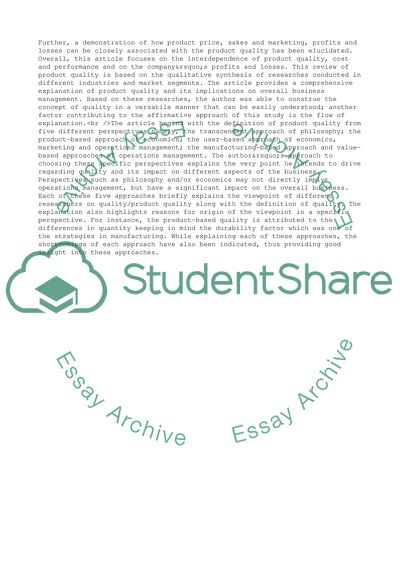Cite this document
(Concepts in Operations Management of David Garvin Essay, n.d.)
Concepts in Operations Management of David Garvin Essay. https://studentshare.org/management/1735189-david-garvins-concepts-in-operations-management
Concepts in Operations Management of David Garvin Essay. https://studentshare.org/management/1735189-david-garvins-concepts-in-operations-management
(Concepts in Operations Management of David Garvin Essay)
Concepts in Operations Management of David Garvin Essay. https://studentshare.org/management/1735189-david-garvins-concepts-in-operations-management.
Concepts in Operations Management of David Garvin Essay. https://studentshare.org/management/1735189-david-garvins-concepts-in-operations-management.
“Concepts in Operations Management of David Garvin Essay”. https://studentshare.org/management/1735189-david-garvins-concepts-in-operations-management.


